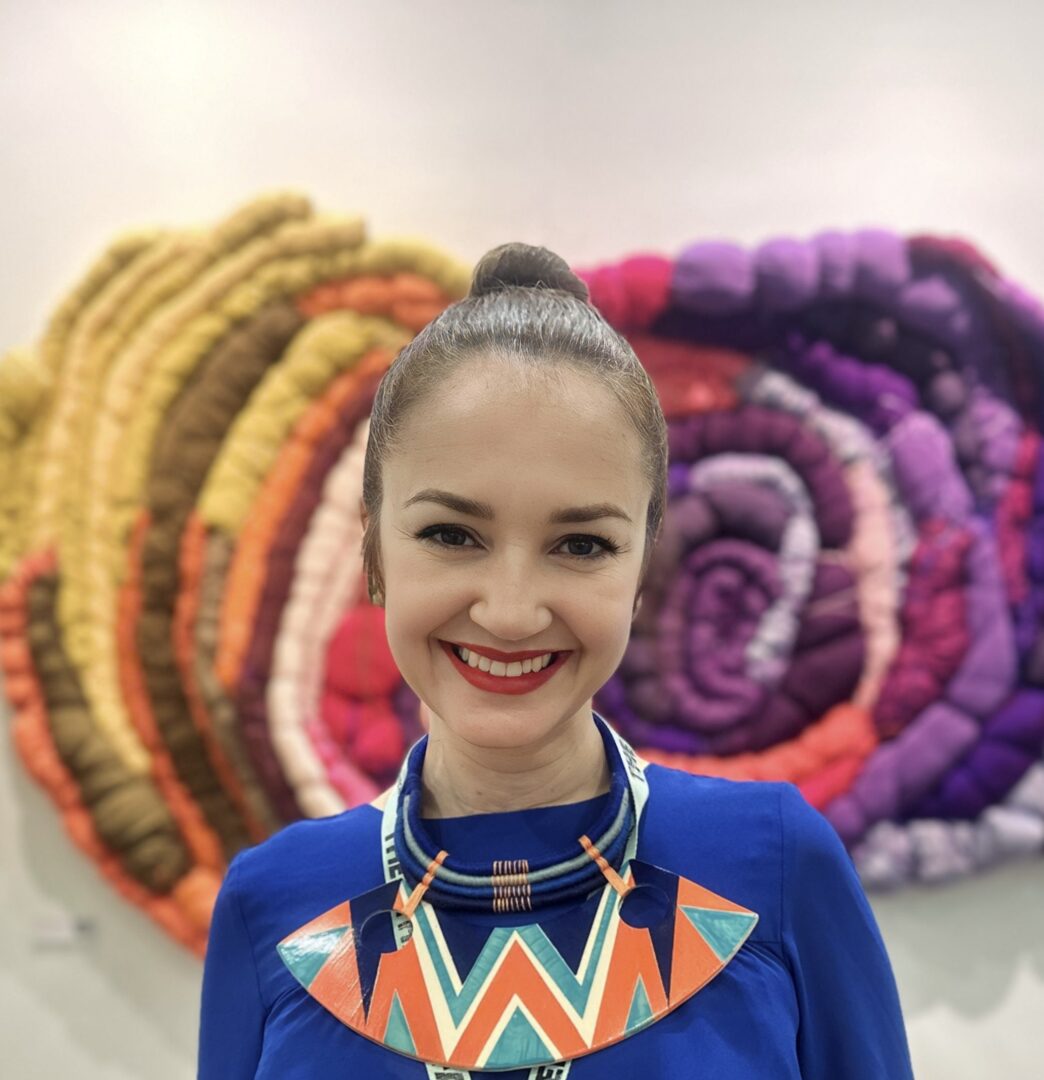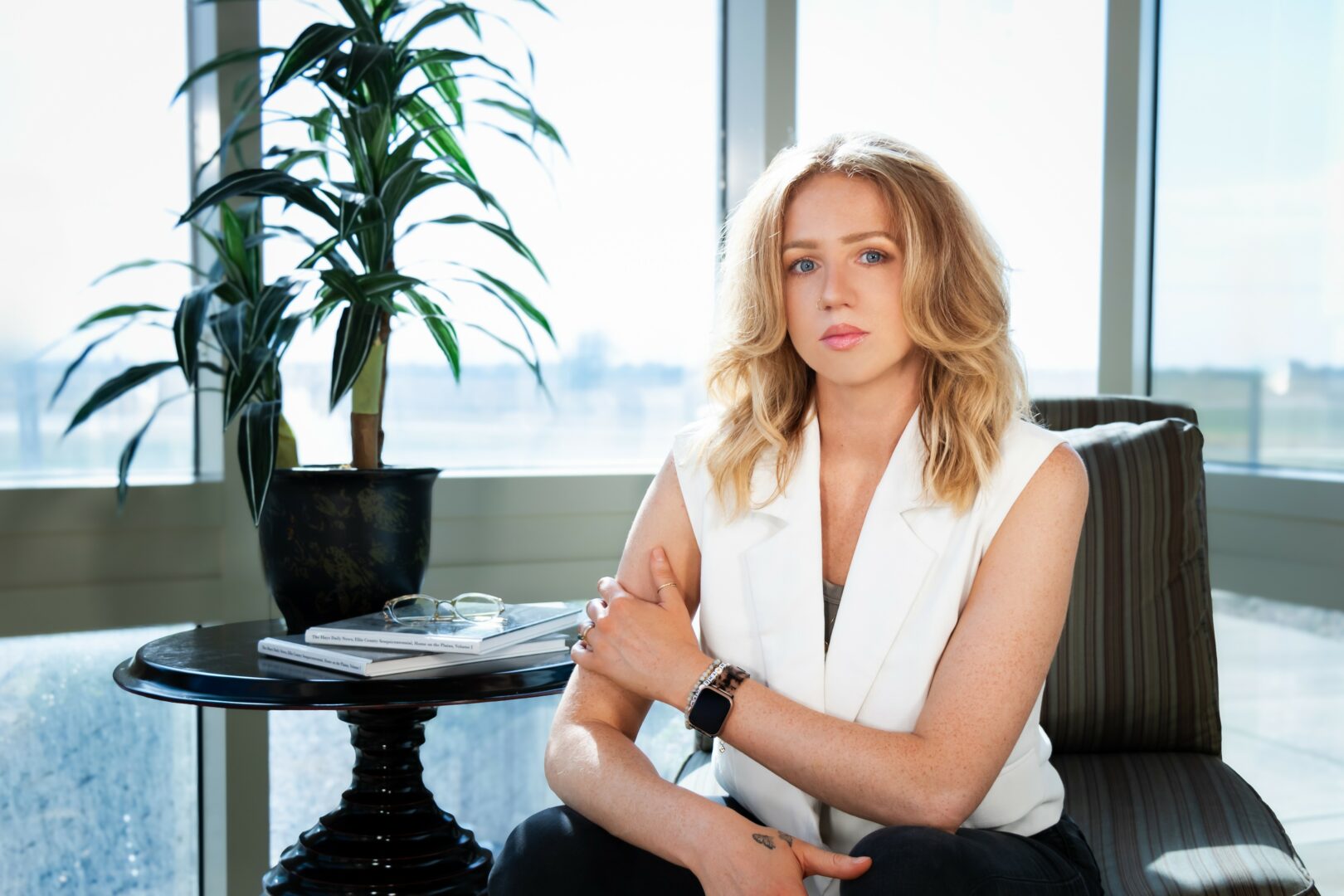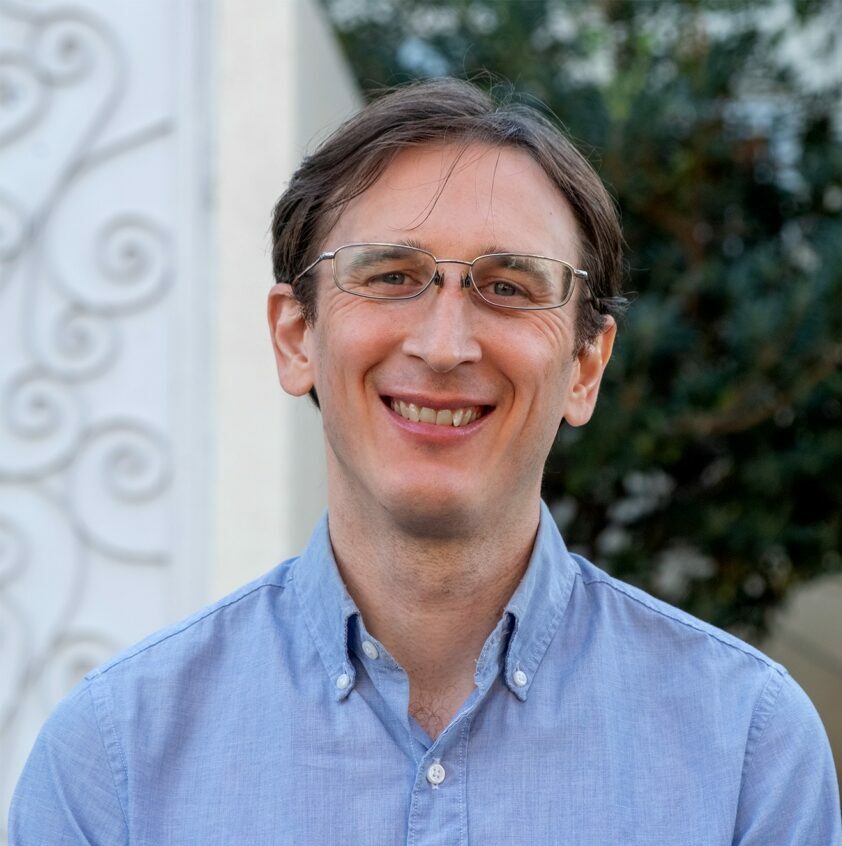We caught up with the brilliant and insightful Mônica Lóss a few weeks ago and have shared our conversation below.
Mônica, thank you so much for taking the time to share your lessons learned with us and we’re sure your wisdom will help many. So, one question that comes up often and that we’re hoping you can shed some light on is keeping creativity alive over long stretches – how do you keep your creativity alive?
One of the things I truly love about being a visual artist is the ability to imagine and create things that don’t yet exist in the world. However, contrary to popular belief, creativity isn’t something innate or a divine “inspiration” or a natural trait of artists. To me, creativity is a dynamic force that needs to be nurtured and fed. It requires disciplined practice, consistency, a great deal of attention, and, most importantly, hard work.
In my artistic practice, I use various strategies to boost my creative potential, such as reading a wide range of texts and books on diverse subjects, watching films and documentaries, visiting museums, galleries, and exhibitions, learning about other artists and their creative processes, traveling, and keeping a journal. These activities help me stay alert to new ideas.
But I consider it crucial to recognize that ideas do not arise spontaneously; rather, they are generated through practical actions. They come from doing and reflecting on the act of creation, like as a continuous cycle.
To keep my creativity bubbling, I need to be immersed in the act of making, experimenting with materials and exploring possibilities. I find that new paths for my work emerge this way. Often, when I take a break from my production, returning to it can be challenging. In these cases, I simply start by doing something whether it’s drawing, painting, collaging, or any activity that keeps me engaged. I feel that through action and doing, new avenues open up, allowing me to dive back into the process.
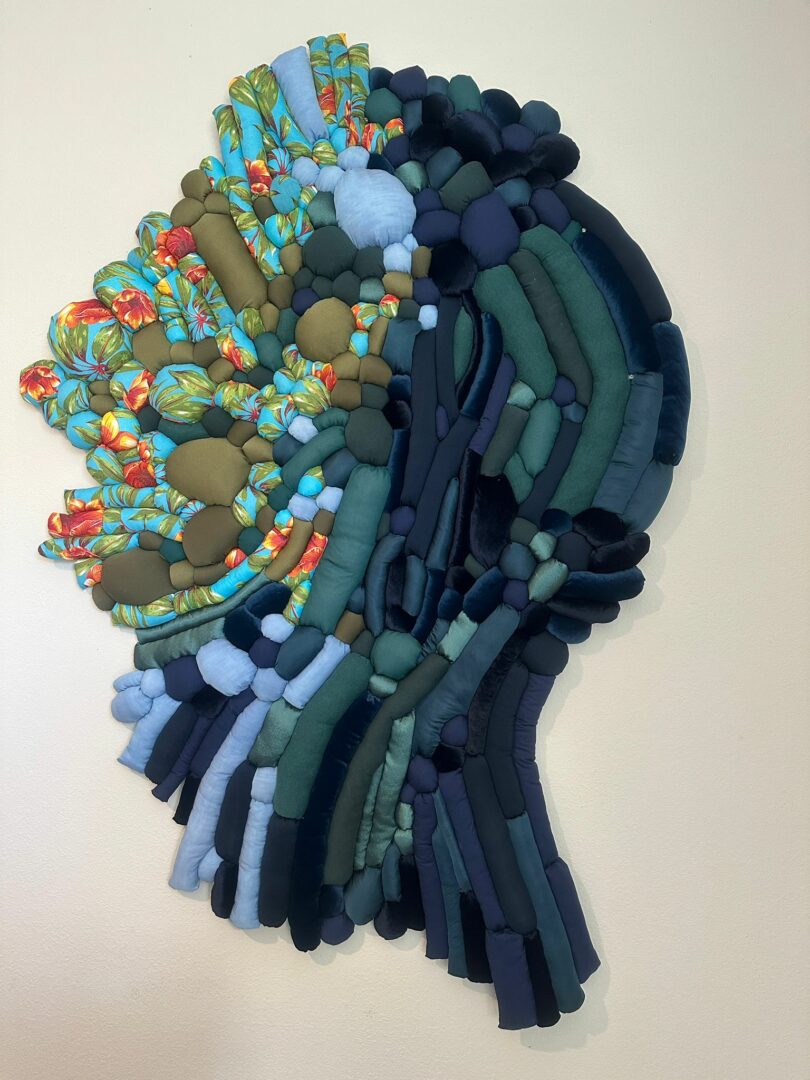
Appreciate the insights and wisdom. Before we dig deeper and ask you about the skills that matter and more, maybe you can tell our readers about yourself?
I’m originally from a small town in the countryside of Rio Grande do Sul, Brazil, called Soledade, where I lived for almost half of my life. Growing up with little exposure to art, I somehow felt that I carried a unique way of observing the world around me. This feeling made sense later when I enrolled in the Bachelor’s program in Visual Arts at the Federal University of Santa Maria, Rio Grande do Sul in Brazil. The visual arts program exposed me to a variety of artistic languages, expanding my repertoire and allowing me to start developing my own artistic voice. I explored different media while maintaining a focus on ceramics, which became my primary area of research.
After completing my Bachelor’s degree, I pursued a teaching degree in visual arts the following year, which sparked my interest in teaching and allowed me to combine making and teaching art. Simultaneously, I undertook a postgraduate course in Surface Design and a Master’s in Art and Education, still in Santa Maria. During this period, my artistic production declined as I struggled to maintain a steady rhythm, and I only managed to complete sporadic pieces for exhibitions. Upon finishing my Master’s, in 2007, I was selected to pursue a PhD in Arts and Education at the University of Barcelona in Spain. This period was filled with challenges and discoveries, and my already slow artistic practice came to a complete halt.
After living in Barcelona for five years, I returned to Brazil, with motherhood becoming my priority. As my child grew, the desire and need to return to creating art gradually reemerged. This slow process only resumed with our move to the United States in 2016.
Once again, it was a fresh start for me and my family, and also for my career as a visual artist. I view these new beginnings as opportunities that come our way, and that’s how I understood this recent change—a new chance to rebuild my artistic practice after nearly eight years of hiatus. At that time, I began to rediscover elements of my artistic practice, reconnecting with that “unique way of observing the world around me” and reconstructing my path as an artist.
From 2016 to now, I have been gradually advancing and consolidating my artistic journey. I appreciate this slow progress because, for me, this journey is not a 200-meter sprint where you can immediately see the finish line. I see my artistic practice as a marathon, requiring endurance and resilience to keep moving forward. Art is a path filled with challenges and difficulties, but it is one I have dedicated myself to with hard work, discipline, and integrity.
My artistic practice has been developing in the textile area where I work with fabrics, threads, wool, textile waste, discarded and or donated clothes among others. Many of these materials, I purchase in garage sales and thrift shops (not only textile elements, but small furniture and objects as well). This ends up influencing a lot the direction of each work, since it makes me adjust and encourages more unpredictability. On the one hand, it can be a positive factor, as I go at a slower pace, which allows me to reflect much more on the process, but on the other hand, it can mean I am constantly waiting for something, generating a feeling of incompleteness.
For the construction of my pieces, I am interested in exploring manual and traditional techniques such as weaving, sewing, crochet, embroidery, handmade dyeing, stamping, among others. However, I am not concerned with pursuing technical rigor, I explore other paths, combining solutions and possibilities and, in this way, finding something more personal. For this reason, I like to think that my works are “textile constructions” that are not limited or are not defined by the techniques I use, but a series of attempts to test limits and bring out the importance of rescue and displacement of “manual making” as a poetic possibility.
At a certain point, my work began to point out other specificities and, along with textile research, again, I incorporated works in other media such as photography, drawings, videos, performances and installations, enabling new developments for my practice.
Currently in my work, I investigate the ritualistic dimension of manual crafts as a practice of individual and collective reinvention, and I imagine territories, bodies and other natural environments. I am interested in delving into the genealogy of identities that arise from the sense of not belonging triggered by immigration processes.
My work lives in the practice of collecting insignificances, detachments and accumulations, interested in the memory load of these materialities and as a strategy to interfere in the destiny and permanence of things in the world.
Having these questions as a starting point allows me to constantly revisit concepts that are part of my personal construction, as a woman and artist, but above all, connects me to much broader and diverse narratives that start from a particular context, but dialogue with a very complex and constantly moving whole.
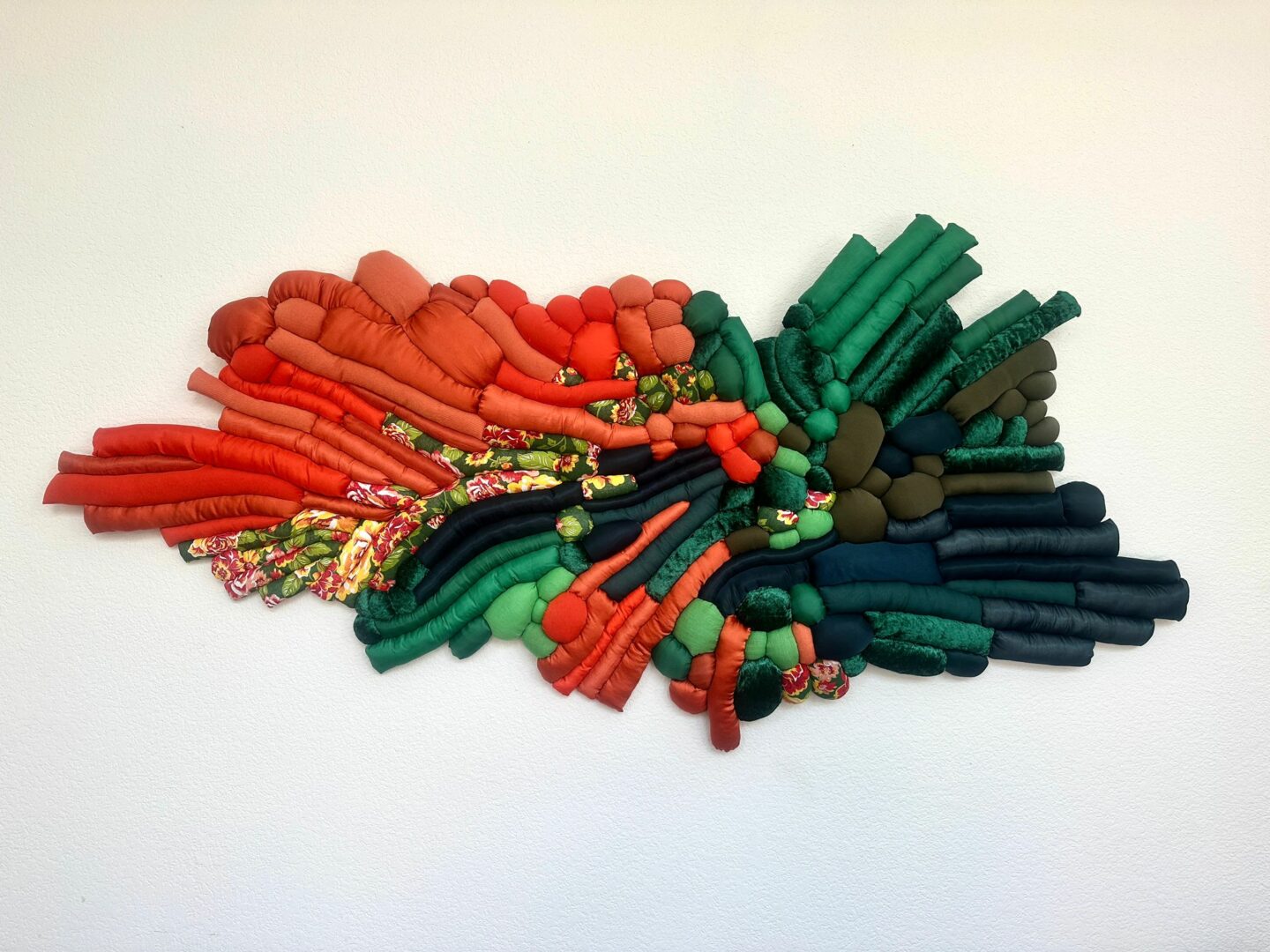
If you had to pick three qualities that are most important to develop, which three would you say matter most?
In reflecting on the aspects that have impacted my journey, I would highlight three key characteristics: resilience, persistence, and discipline. These traits have been crucial to my path as a visual artist.
The art world can be extremely challenging, and dealing with rejections and setbacks is not always easy. There have been times when I felt destabilized, but it has always been essential for me to find the inner strength to overcome adversities and try again. Persistence, insistence, and resilience are vital.
Additionally, I believe that being disciplined is another characteristic that significantly helps me manage the multiple layers involved in being an artist. The work of an artist goes beyond merely creating pieces and researching materials and techniques. There is an often invisible side that requires considerable time and energy to manage.
I find it difficult to give advice, but one approach I use in my life and artistic practice is to make the act of creating my greatest ally without setting conditions for its occurrence. Ideas and “inspiration” emerge from something; you need to be looking for something so the energy could flow. It is through consistent effort that paths are forged. So, my advice is: If you don’t know what to do, start with something; it could be anything, as long as you do it. Nothing will happen if you do nothing. So, just do it!
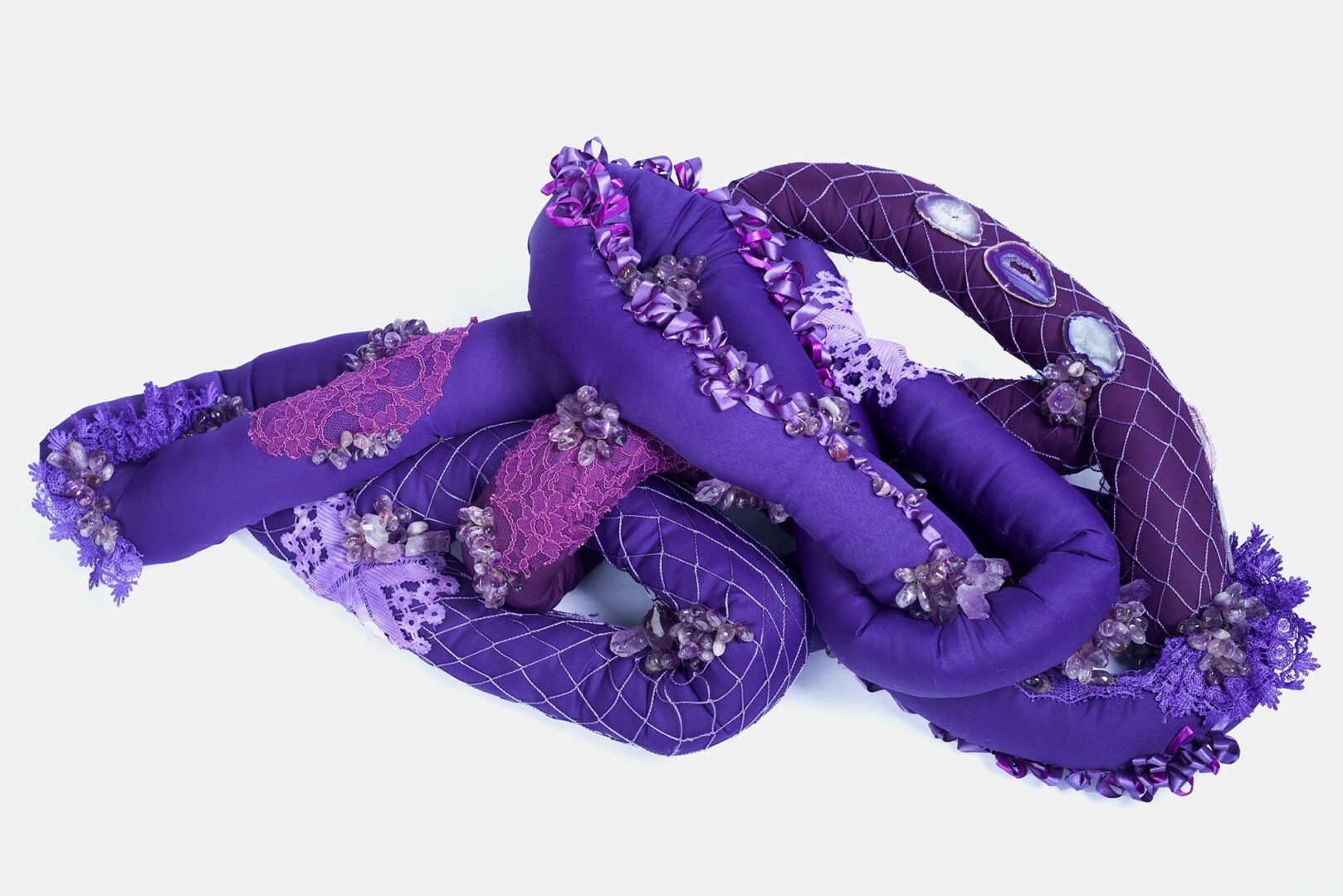
To close, maybe we can chat about your parents and what they did that was particularly impactful for you?
Whenever I have the chance to speak about my journey, it feels special, especially when I can talk about the people who are my greatest life examples: my parents.
I come from a humble family that has always struggled to provide us with opportunities. Even with limited resources, they supported me and my siblings in pursuing our goals. One of the many things they did for me that significantly impacted my journey was supporting my dream to pursue a PhD in Spain.
They are my examples of integrity and generosity. They are my biggest supporters, and I know I can count on them for everything!
Contact Info:
- Website: https://www.monicaloss.com
- Instagram: https://intagram.com/monicalossart
- Facebook: https://www.facebook.com/monicalossart
- Youtube: https://www.youtube.com/channel/UCKrdN2-XQlnoxZrrrccJ8kg
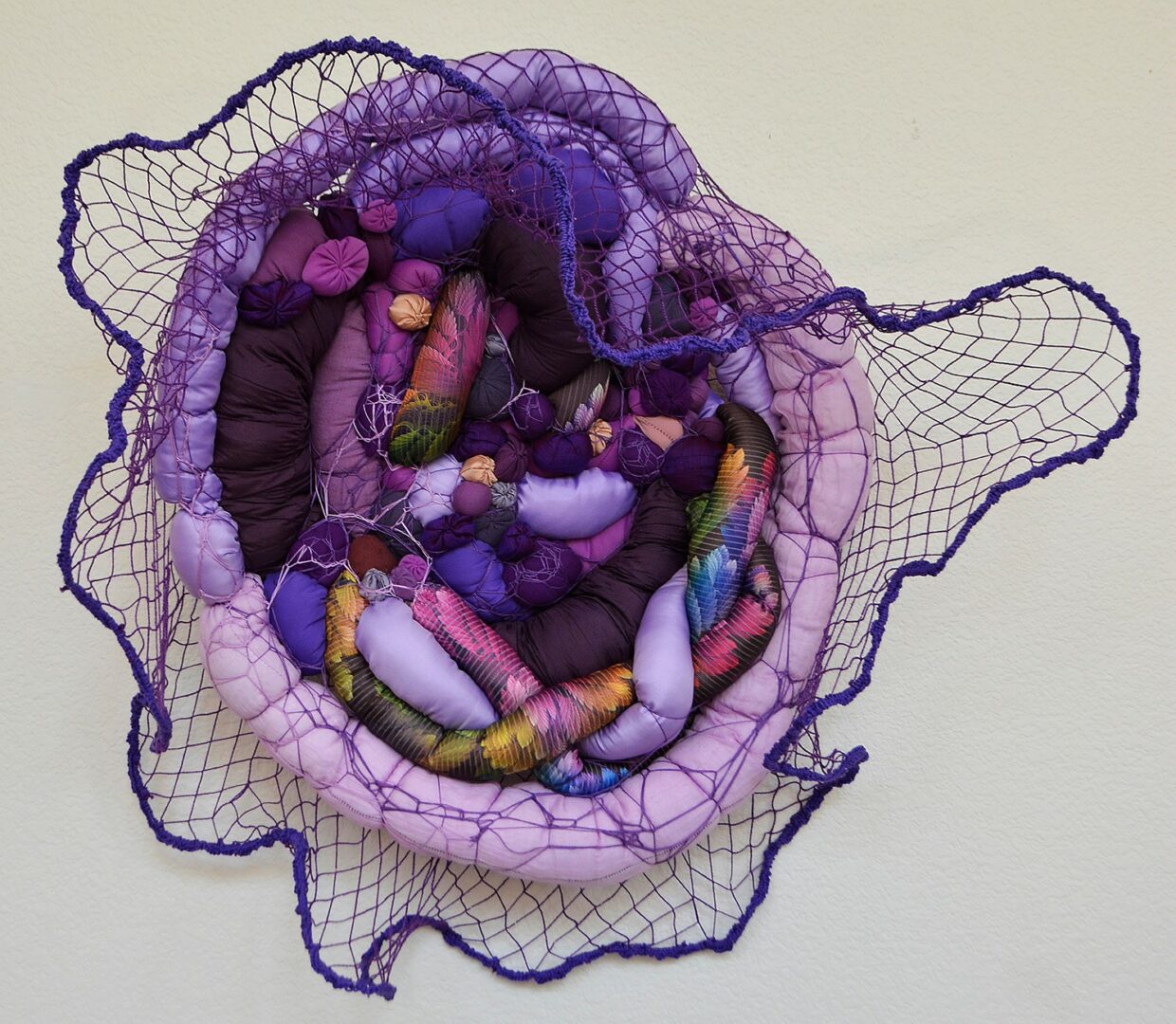
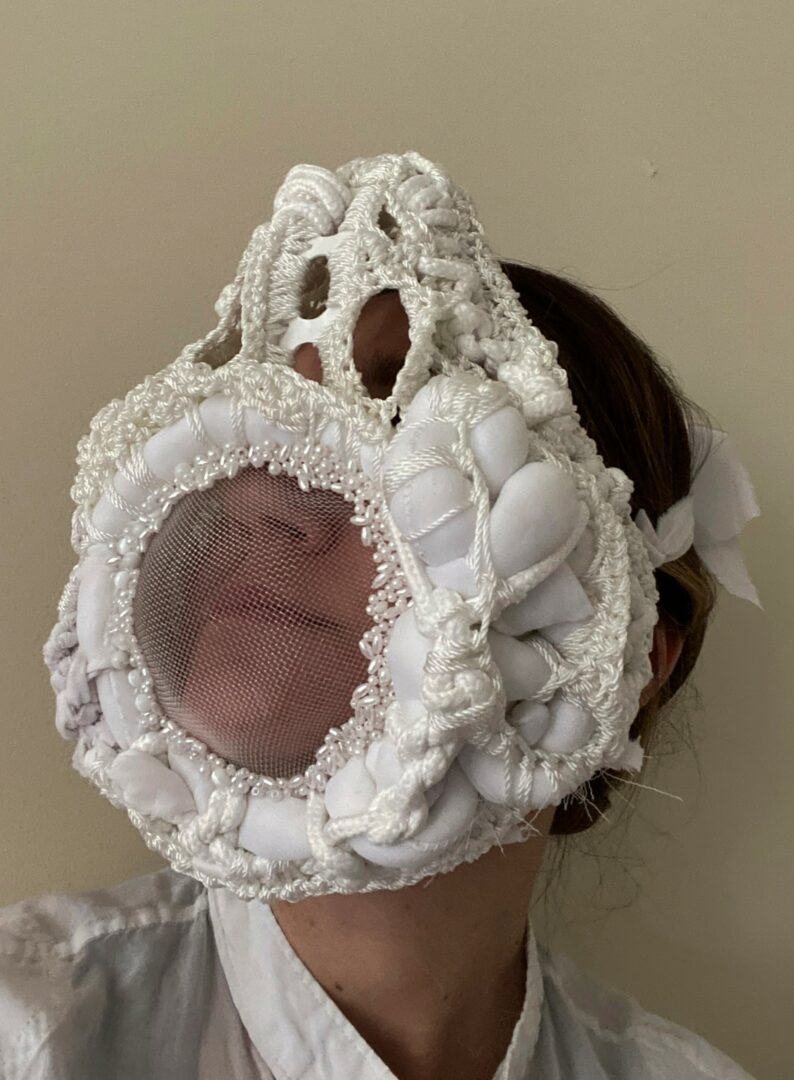
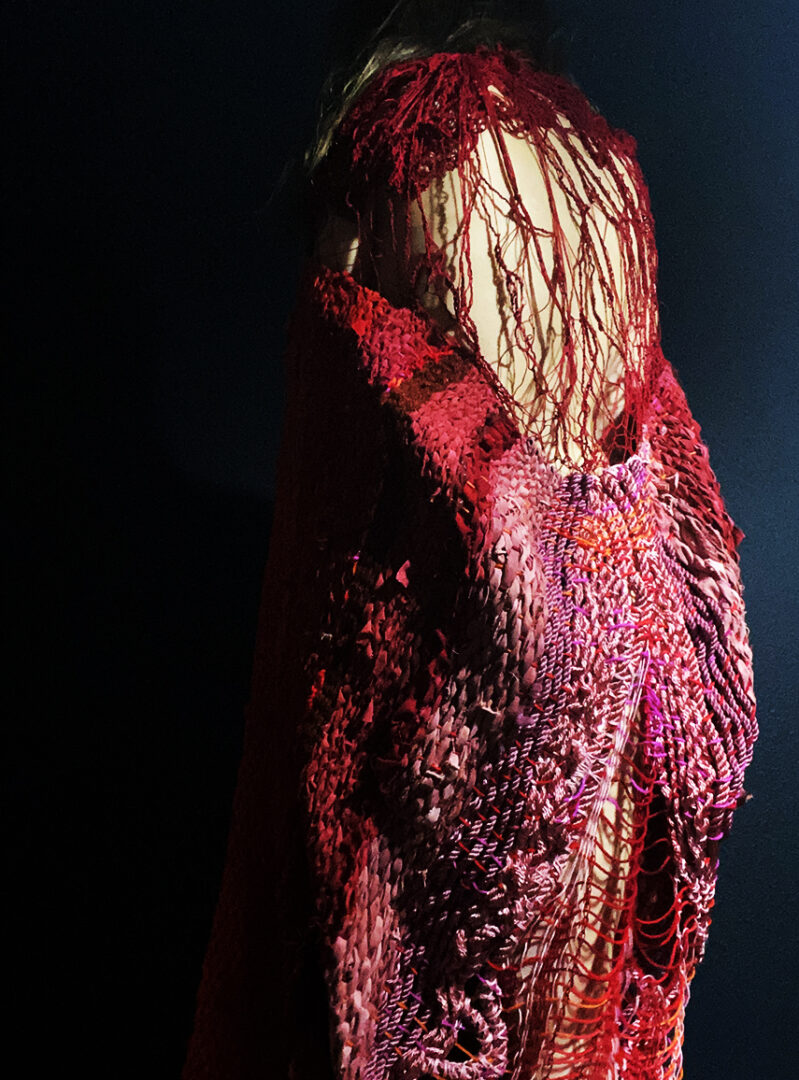
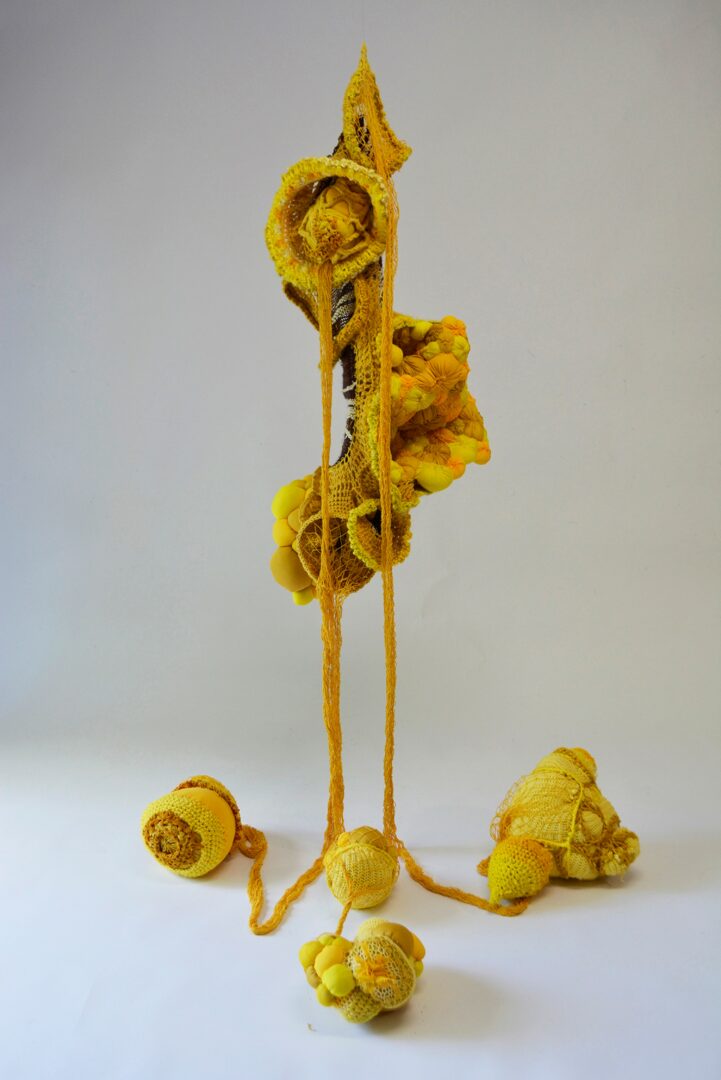
Image Credits
By Mônica Lóss
so if you or someone you know deserves recognition please let us know here.

